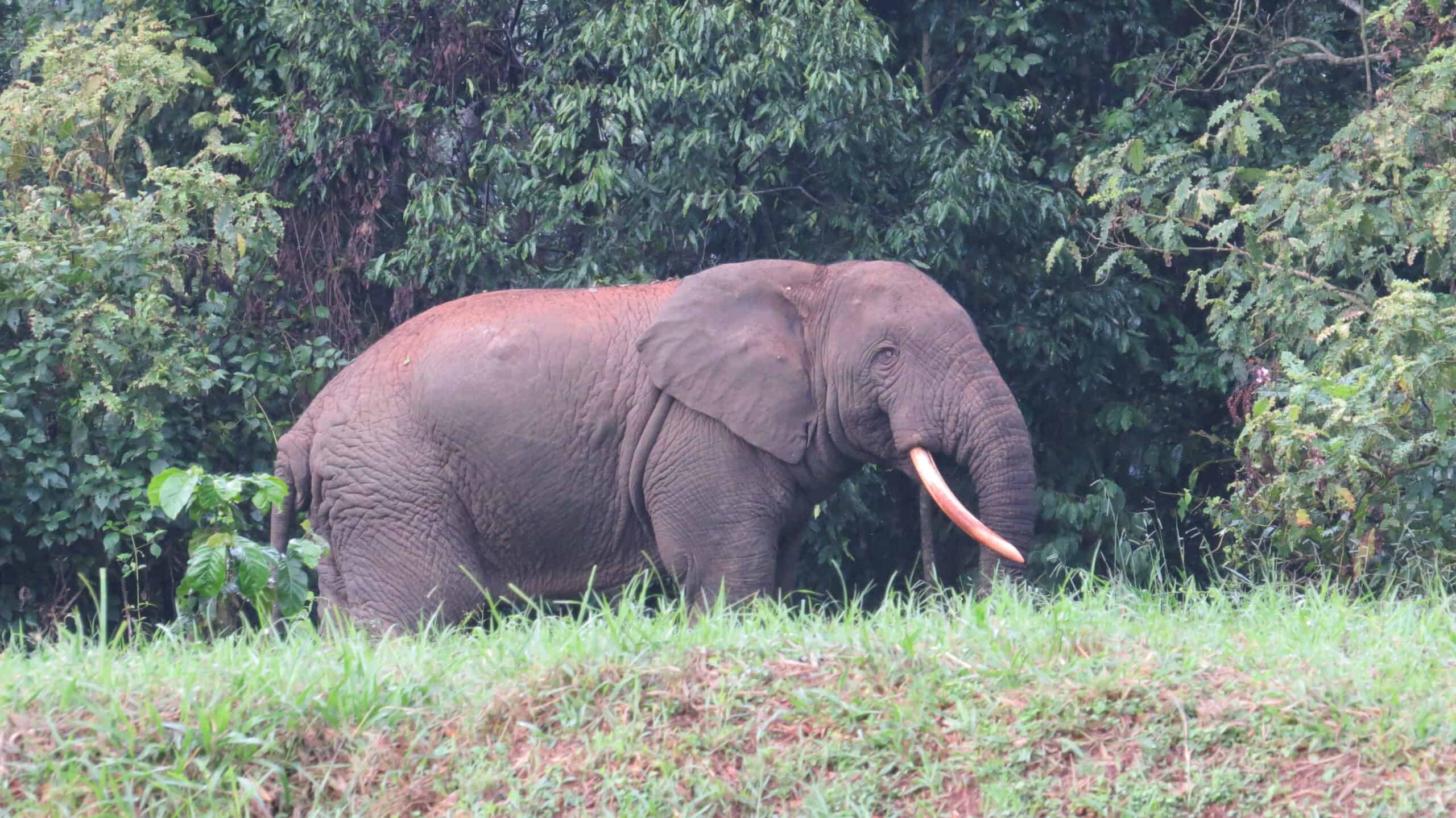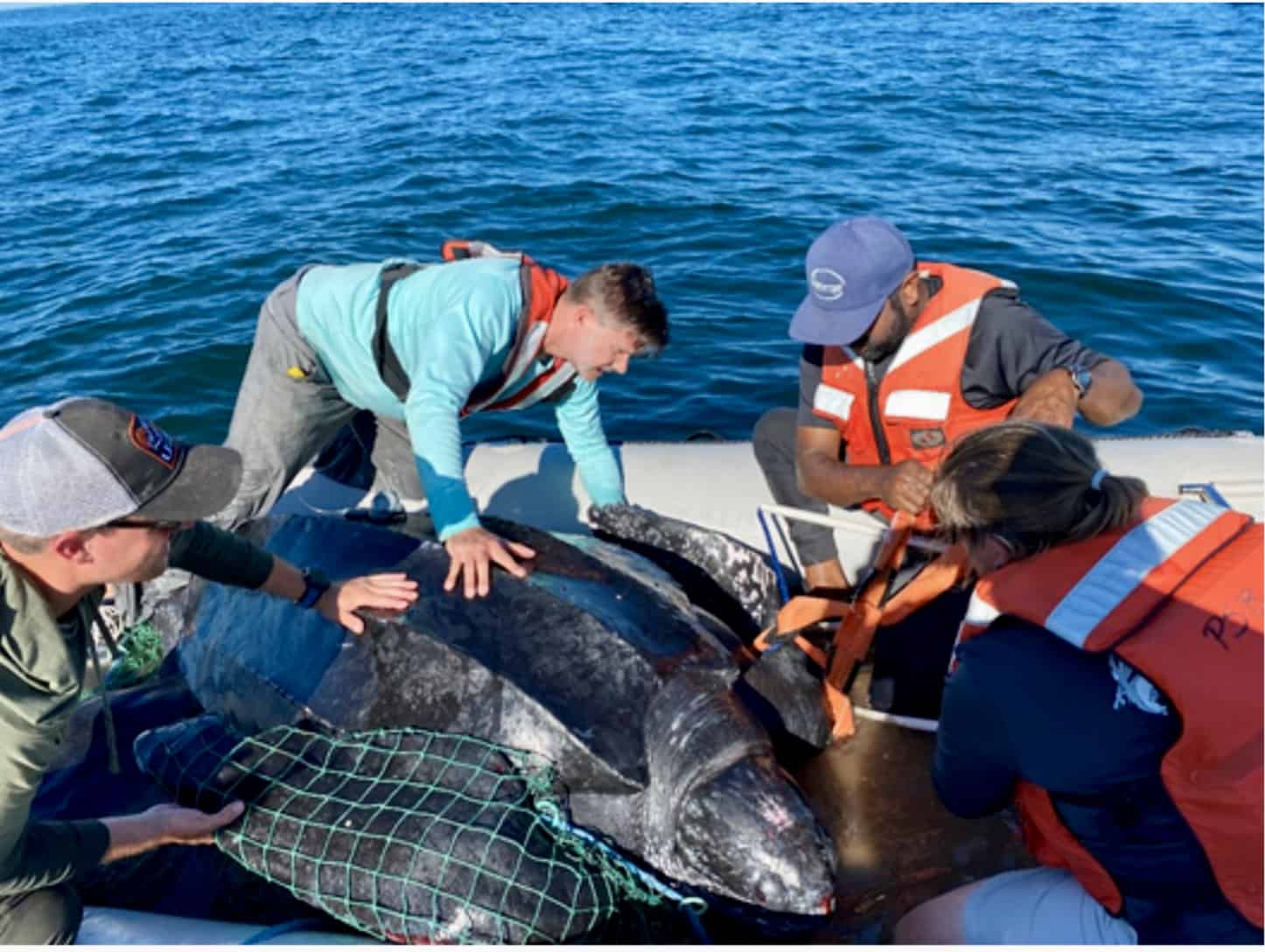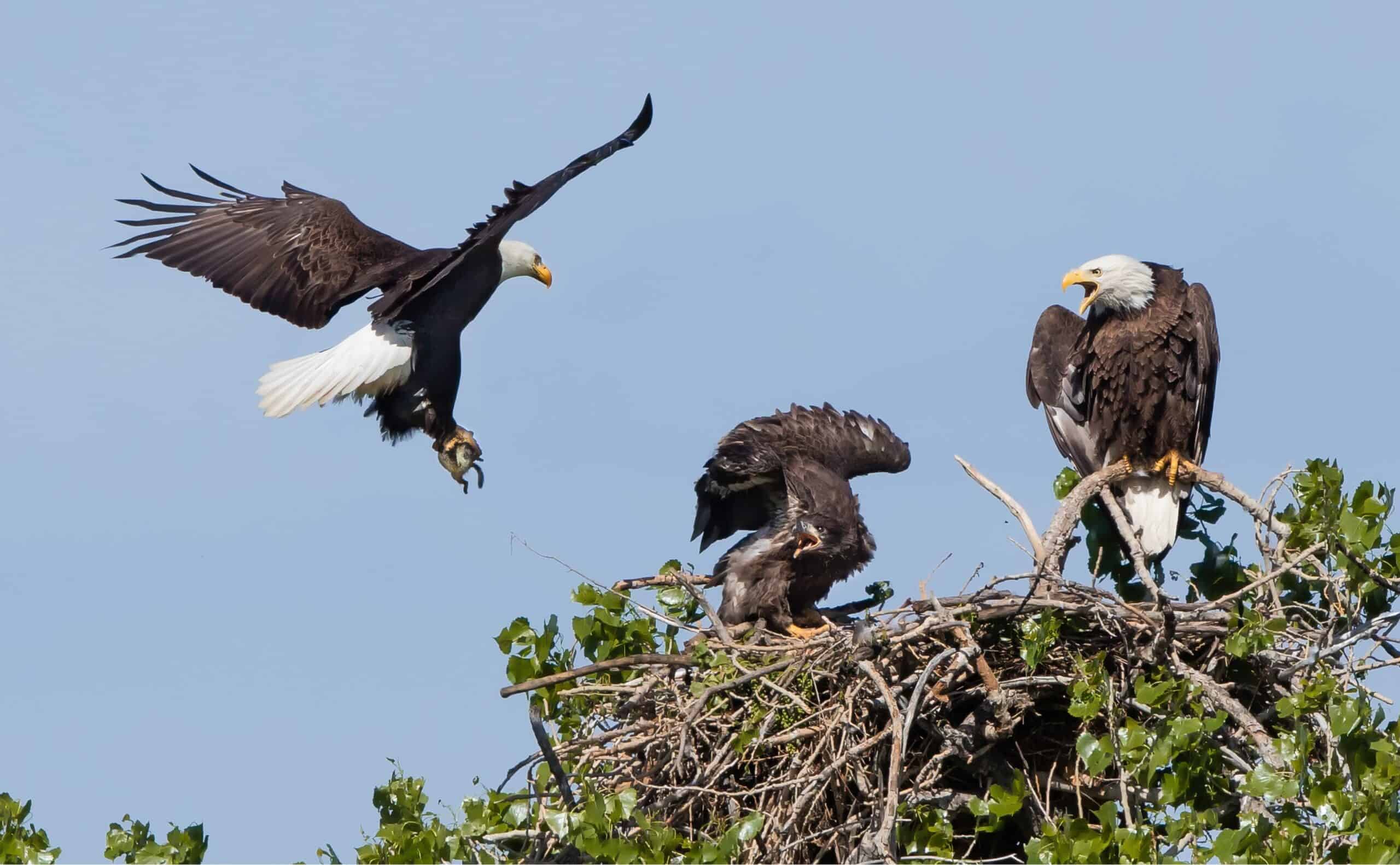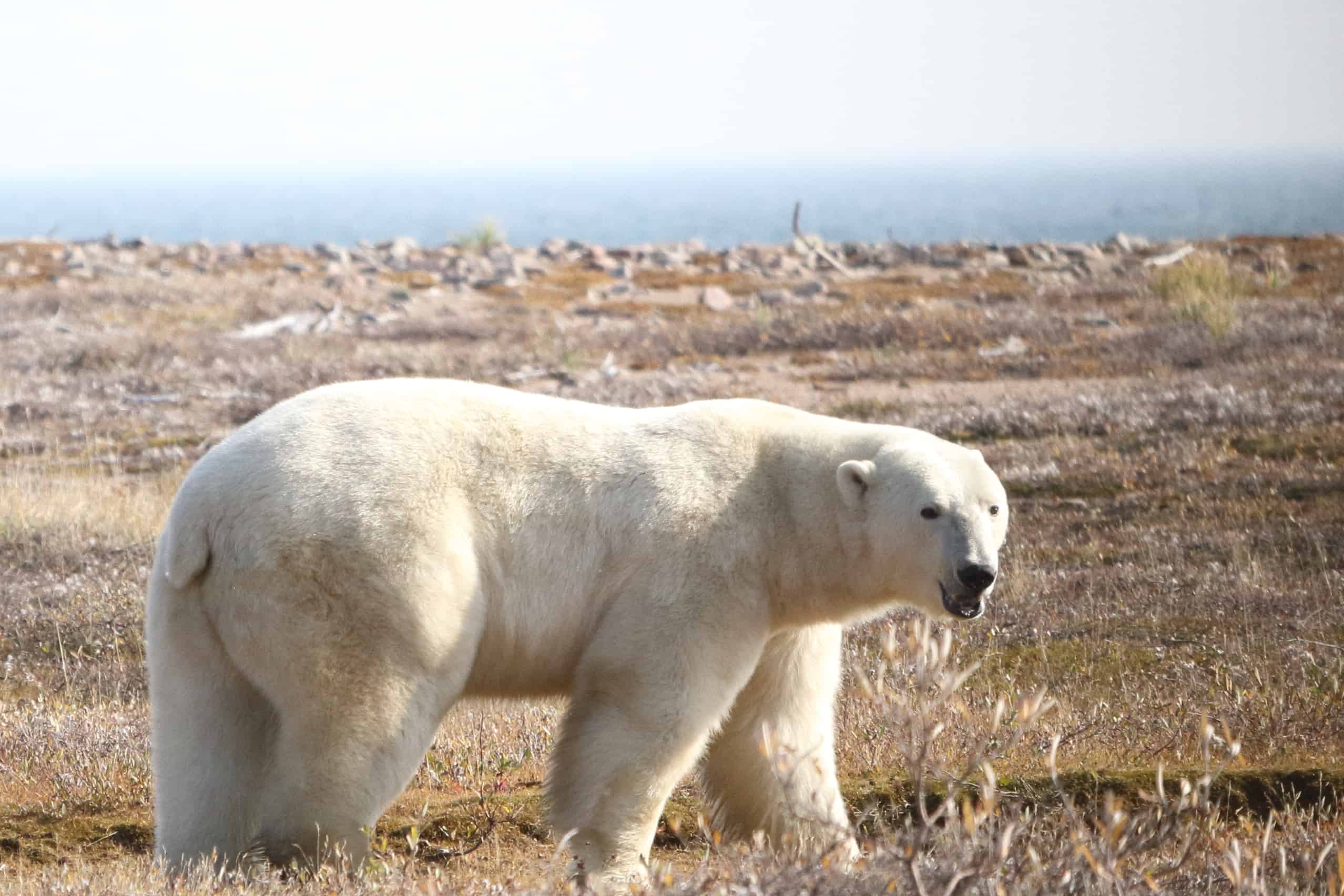Share this article
Wildlife Featured in this article
- Savanna elephant
- Forest elephant
TWS 2023: How healthy are elephant hybrids?
Biologists separated African elephants into two species, but their hybrids raise new questions
When researchers determined that savanna and forest elephants were two separate species, it raised a whole new set of questions. Elephants from the two species were hybridizing, raising a number of concerns, including about the hybrids’ health.
“There are all these cases where hybridization starts, and it produces all of these hybrid animals that have lower fitness or are not able to cope as well as parental species,” said TWS member Savanah Bird, a PhD candidate at the University of Oregon.
Bird wondered if that was true for hybrid elephants, too.
Biologists had long debated about whether the elephants should be considered one or two species, based on physical and genetic differences between the two. Forest elephants tend to be smaller, with straighter tusks and rounder ears than their grassland cousins, and their populations have distinct genes.
When the International Union for Conservation of Nature decided to split African elephants into savanna (Loxodonta africana) and forest elephants (L. cyclotis) in 2021, it created new conservation concerns. Before the change, the IUCN listed African elephants as vulnerable. Since then, forest elephants have been listed as critically endangered, and savanna elephants were given an endangered status.
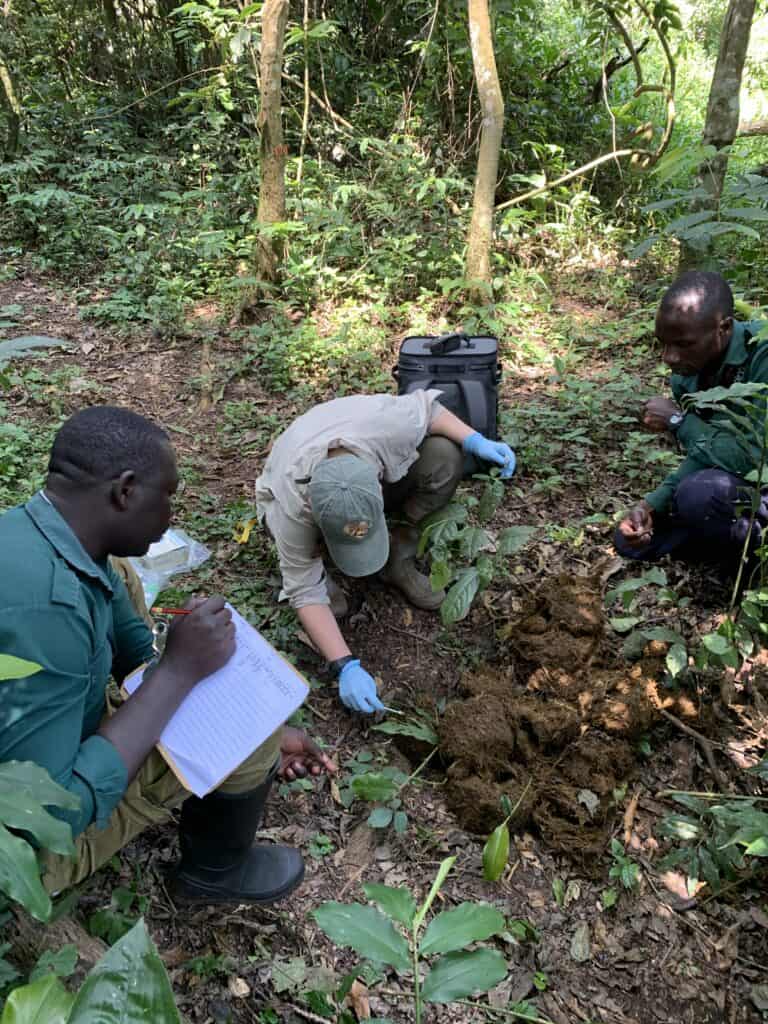
“This is really helpful for their conservation,” Bird said, “They are ecologically, behaviorally, and morphologically really different and should be conserved and managed in different ways.”
But about 10 years ago, researchers discovered a large hybrid zone for the elephants in East Africa’s Albertine Rift, a biologically rich zone that stretches across parts of Uganda, Burundi, Rwanda, the Democratic Republic of the Congo and Tanzania. . Scientists aren’t sure if that’s something that has been happening for quite some time—the two species likely diverged some 5 million years ago—or if it’s more recent.
Bird wondered what the health of these hybrids was compared to that of each species and what other differences they may exhibit. “In the world of conservation, hybridization can be viewed as detrimental,” she said.
To determine the fitness and ecology of the hybrid elephants, Bird is looking at their diets, gut microbiomes and parasite loads. She presented her preliminary findings in a poster at The Wildlife Society’s 2023 annual conference in Louisville, Kentucky.
To conduct the research, she and her colleagues looked for elephant dung in the Albertine Rift. Working with a team of Ugandans who lived near protected areas, she hiked down trails looking for dung to add to collections gathered before she began her project. “They’ve lived there their whole life,” she said of the locals. “They know the elephants so well.”
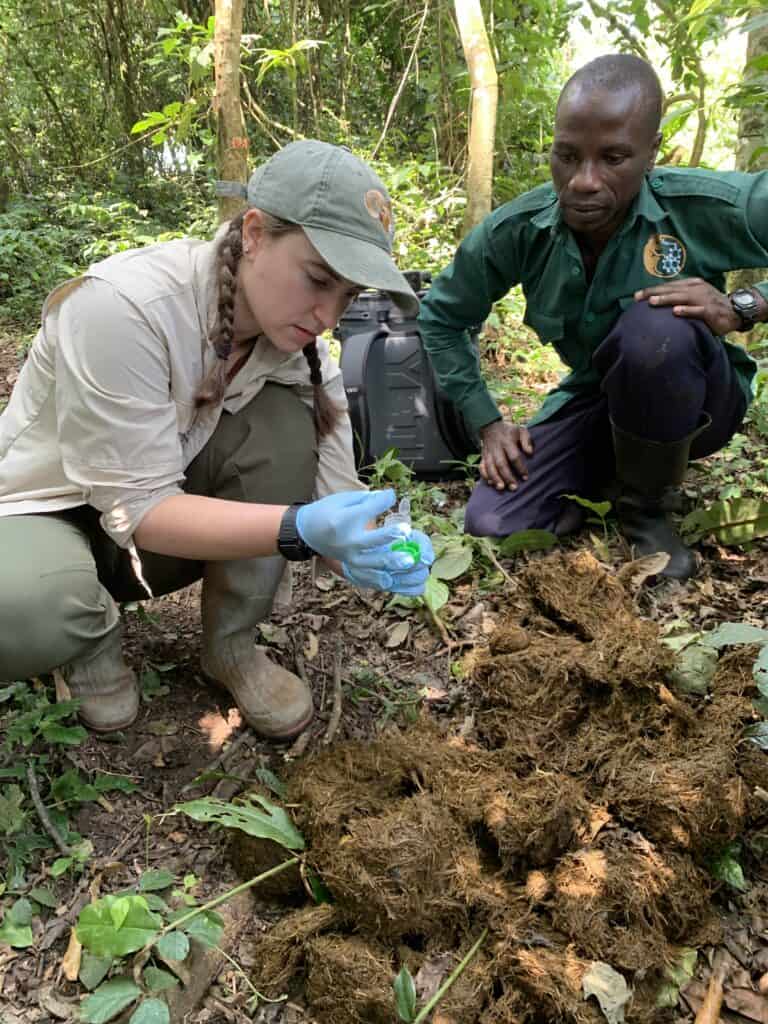
Collecting the best samples was a bit of a conundrum. They wanted to retrieve the freshest dung samples to get the highest quality DNA, but they didn’t want to get too close to the elephants producing it. “They’re not the biggest fans of humans, and sometimes they get startled and can charge,” Bird said. “It was kind of a careful balance. There were definitely some times that we had to hightail it out of there.”
Back at the lab, Bird took swabs of the dung and used metabarcoding to sequence DNA and determined which bacteria and gut parasites were present and what plants they had consumed. The DNA could also tell them if the elephant was a forest elephant, a savanna elephant or a hybrid.
So far, she and her team have looked at a small subset of their samples, including 23 elephants from Kibale National Park in Uganda. The subset had mostly savanna and hybrid elephants but only one forest elephant. The DNA told her there wasn’t a difference between what savanna elephants and hybrid elephants were eating. “This is interesting, because we know that savanna elephants and forest elephants do really have different diets,” she said. Forest elephants eat more fruit, and savanna elephants go after grasses and woody shrubs.
She also found that both savanna elephants and hybrids were consuming crops, even if they were eating native vegetation as well, creating potential conflicts with nearby residents.
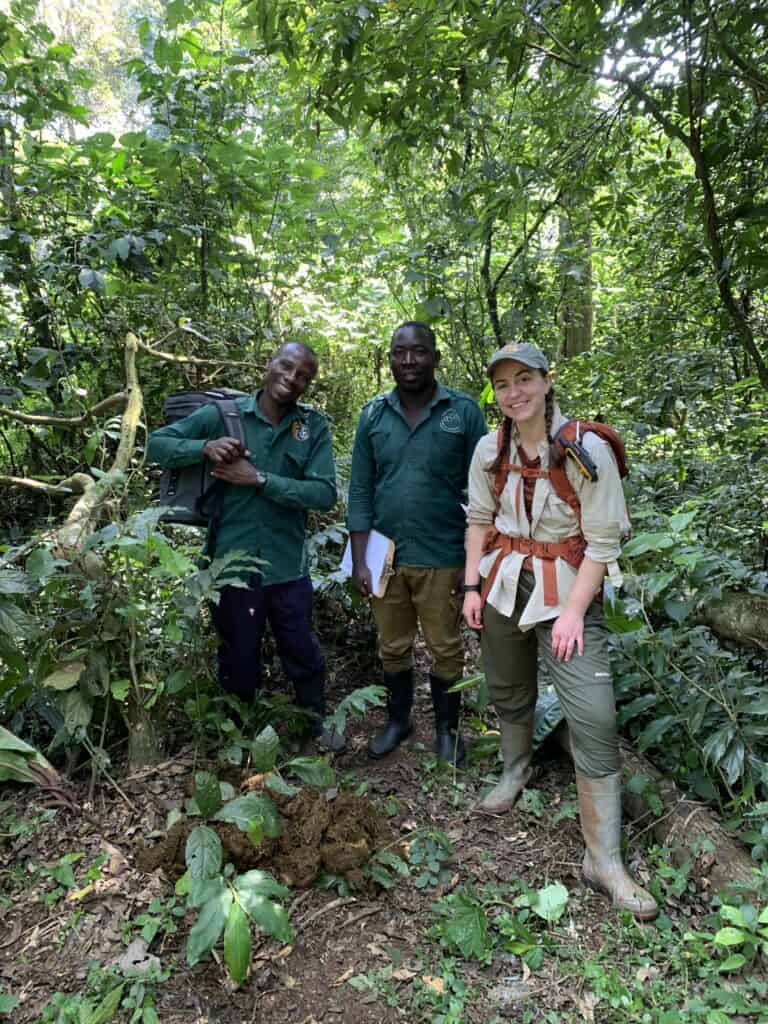
Bird hopes the research shows them what the hybrids are eating and their impact on the ecosystem. If they’re fulfilling a similar ecological niche as the parent species, she said, that can suggest the elephants have conservation value, even if they aren’t protected by the IUCN. “We’re trying to clarify the role that these hybrid elephants might play in conservation and what kind of value they add,” she said.
She also hopes to delve more into gut microbiomes and parasites to see if hybrid elephants are less fit than the parent species.
As for the hybrid elephants’ protection, Bird said each country has different approaches. “They’re kind of in this gray zone,” she said. “I think policy is going to catch up, but it’s really important that this research clarifies what these hybrid elephants are all about.”
Header Image: A presumed hybrid elephant in Kibale National Park, Uganda. Credit: Savanah Bird



